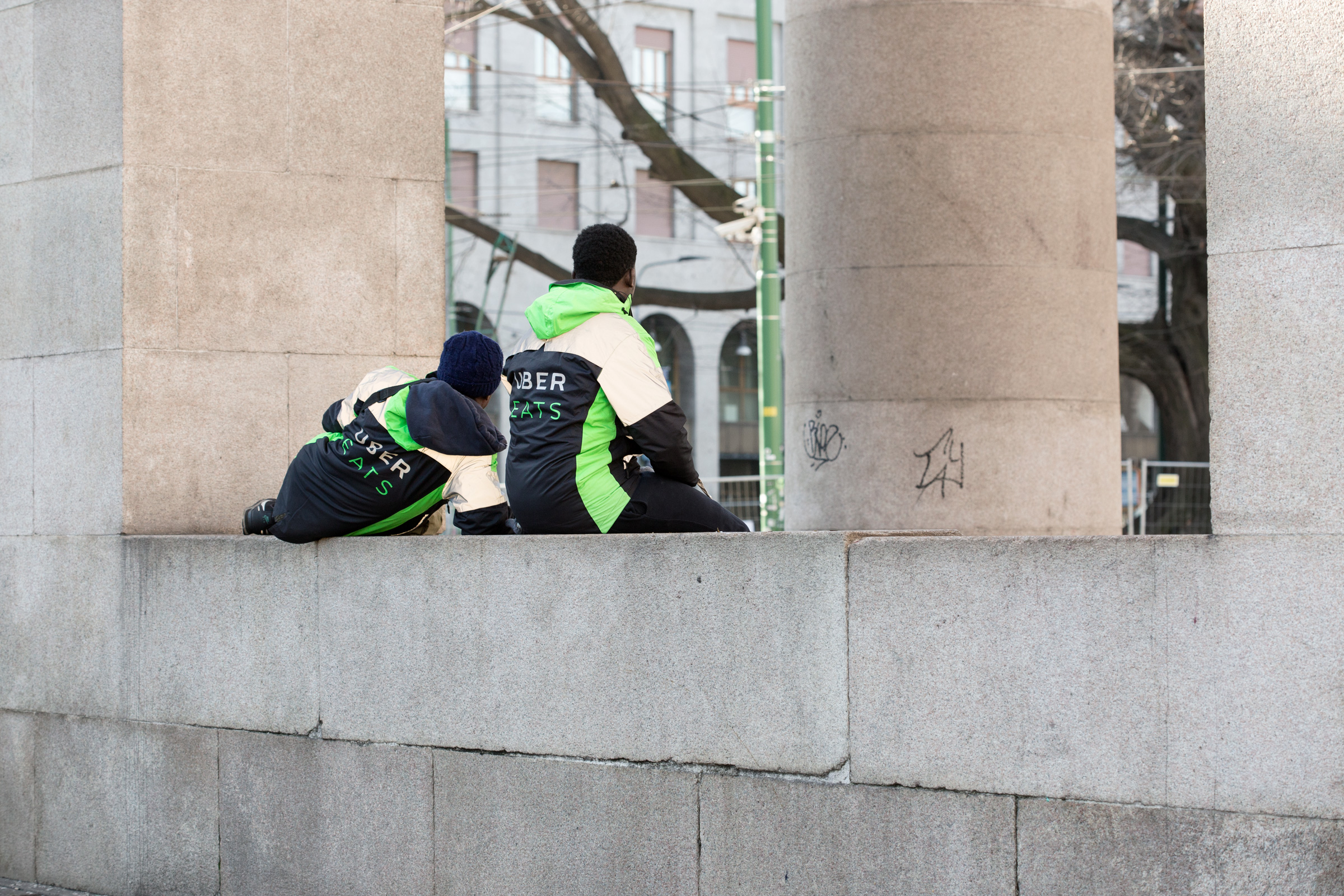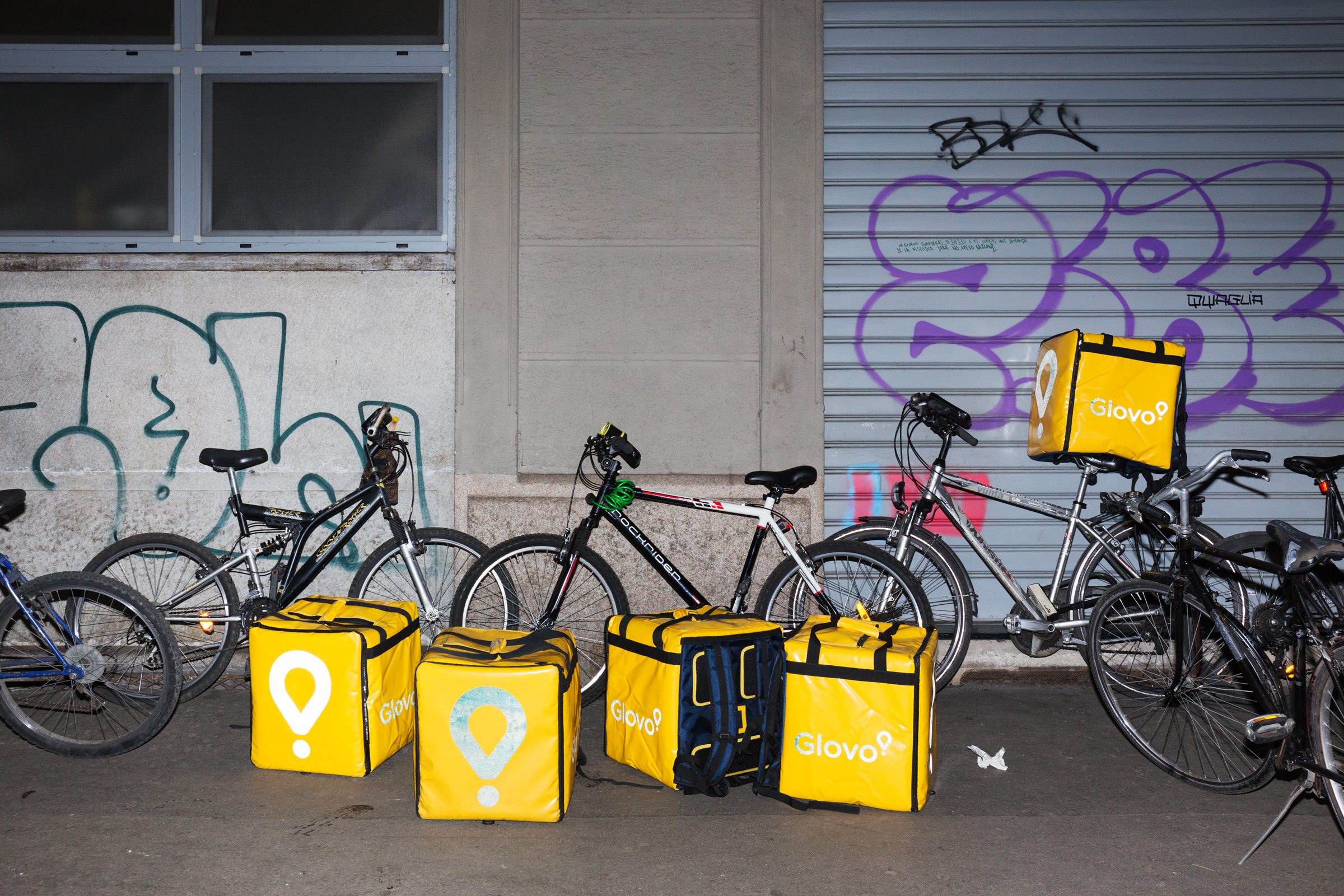We are already well aware that a city is not a perfect machine designed by great engineers. The illusion that we can control the transformation of the urban space with a political and technical plan, whether good (government protecting the common good as the city develops) or bad (technocracy), has crumbled. Everybody now agrees that cities are MADE: the result of complex molecular actions occurring from below and from above, the sum of heterogenous influences and actors. The fall of the term urbanism has made way for the term city making, which is more appealing and more in keeping with the contemporary idea of making, a far cry from scientific pretensions and much closer to the real approach. It is also sufficiently vague that anybody can use it as they like: no hierarchy is implied, it does not suggest specific skills, the public/private distinction or any difference in scale. Everybody is happy to apply it to their field: activists and social workers are city makers, as are individual entrepreneurs – the managers of bars, restaurants, newsagents, nightclubs, galleries, book shops and co-working spaces – and designers, architects, graphic designers and members of associations, not to mention estate agents, banks and the big companies that ‘invest’ in the city.
From a City Making perspective, local government acts as the mediator between these micro (and macro) forces: they must listen to everybody, attract everybody and then bring it all together, without showing any political intent or clear direction. Communication must be concentrated on the spontaneous and harmonious interaction of all actors: we take delight in Macao but also in the Apple Piazza, we celebrate international culture with our immigrants and we fence off the city centre (only the centre, mind) with anti-terror barriers, we finance traditional independent shopkeepers and allot vast areas to new shopping centres, all while keeping a cool head.
Hence the choice by Raumplan, curators of this exhibition with the support of Base, of the title Trouble Making. More specifically, their work investigates the city makers who have changed the entire face of the city without even living in it: big platforms such as Airbnb and Uber or Deliveroo and Foodora. While their actions affect tourism laws and economy, jobs, property prices, rent and the way we eat and socialise, without too much discussion, the smaller players wear themselves out with evening meetings, tenders and participation to conquer their own small territory, crumbs of agency and money. While the former implement their decisions from afar, through lobbying and the international courts, the latter chase the media and social platforms to gain visibility and the chance to get involved. The most surreal aspect of it all is that these platform capitalists support local community projects, so as to come across as community makers rather than the enemy.

These biases are the focus of the six projects exhibited, where for example Louis De Belle photographs food delivery workers, highlighting the tools of their trade: the bicycle inner tubes, fingerless gloves and smartphone battery packs, and reconstructing their stories from their faces.
Calibro, Donato Ricci and Obelo analyse the new Airbnb website to study the aesthetics of the sharing economy, the homologation imposed by the site’s positioning and ironclad rules for anybody who desperately wants to sell, or buy, not so much a temporary stay in a city, but an experience that must be both unique yet reassuring, different yet familiar. From the written language to the visual, we must all adapt to a form of ‘personalisation’ that uses a limited vocabulary and very few variations on a homogenous and homogenising theme. Thousands of homes have shifted towards the same style, a sudden and momentous metamorphosis that has gone unnoticed until now.
The work of Delfino Sisto Legnani, on the other hand, reveals the invasiveness of a series of alarming domestic devices, such as Amazon’s Dash Button or the Rumba Robot, which record information about our private spaces and behaviour and transmit it to the outside world, shattering the barrier between in and out. An investigation by Louis De Belle and Giacomo Traldi into Bus Sightseeing immortalises the stereotypes of sightseeing tours, the touristic formulae to which cities are reduced. Giga Design studio and superinternet examine the urban consequences of online information flow: viral marketing, fake news, self-journalism, shared content and DIY promotion on social media influence the way in which cities are informed and represented, with potentially distorting dynamics.
The exhibition closes with a sculpture by Ayr, who has appropriated one of Achille Castiglioni’s most famous products. In the centenary of the designer’s birth, the work is a vaguely dreamlike and surreal comment on the marginal role of a country like Italy in the sphere of platform capitalism.

And has urbanism really gone for good?
Written by Lucia Tozzi






